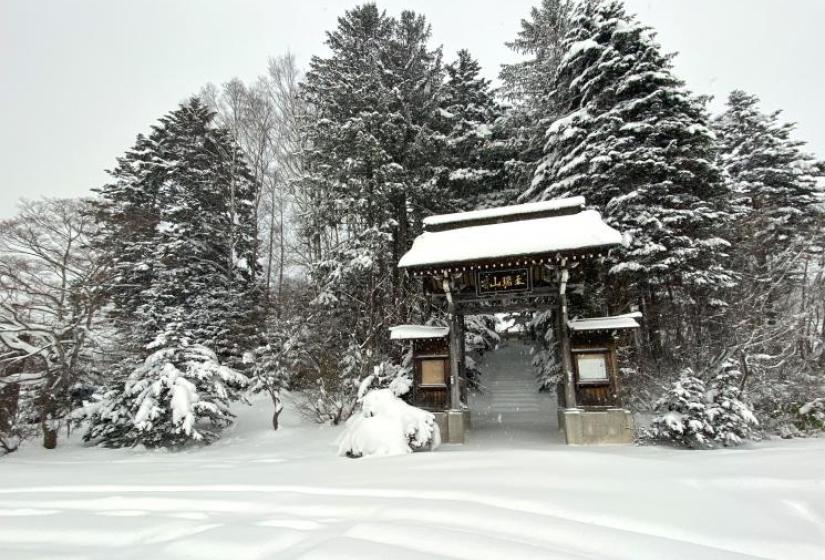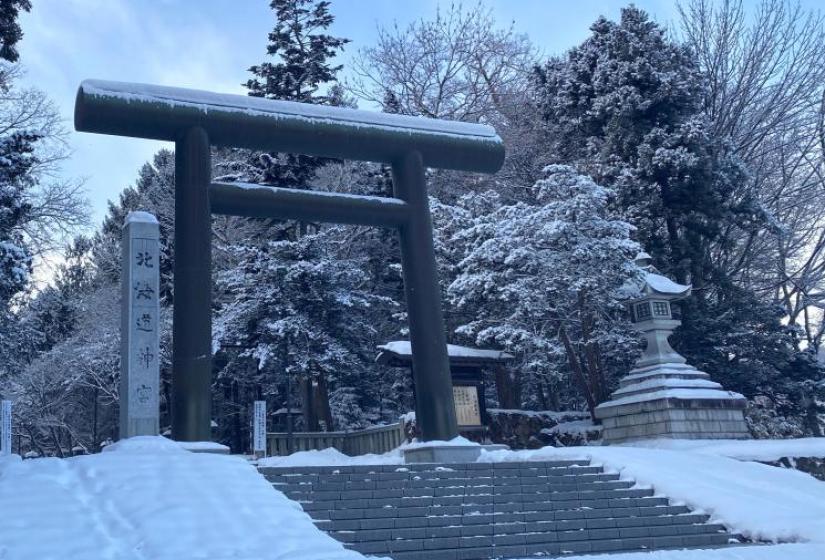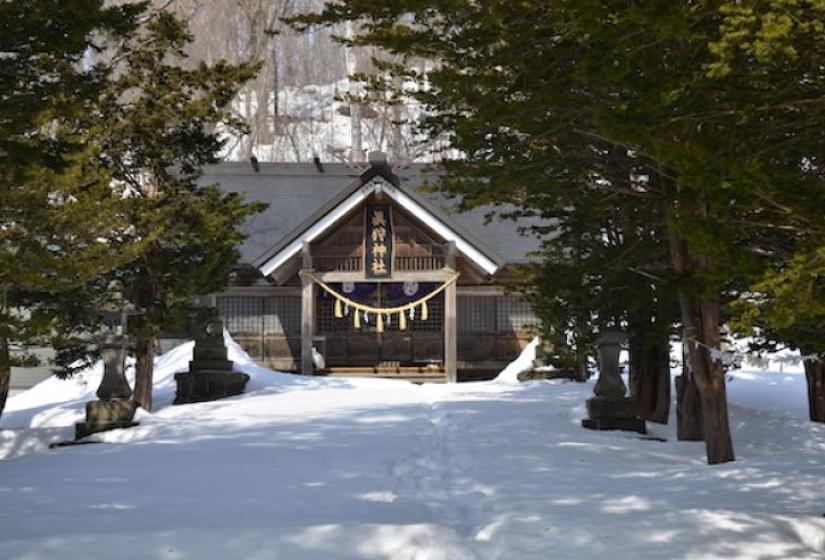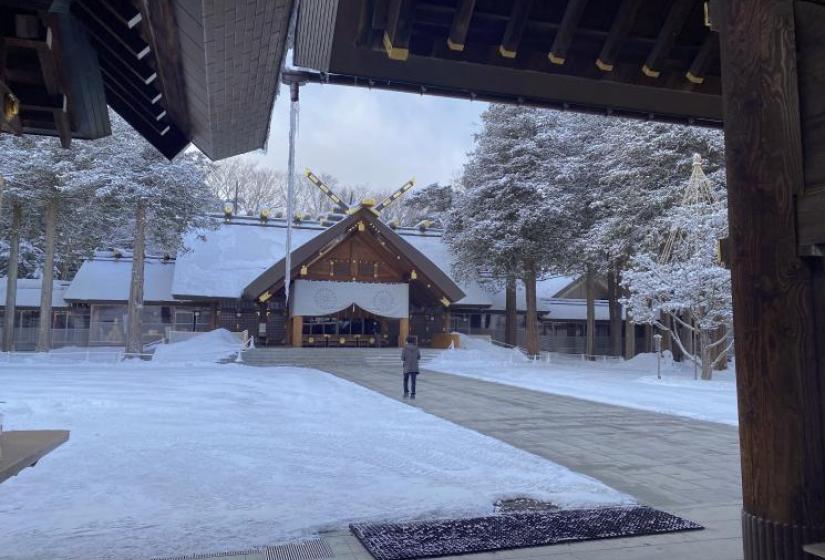Visiting Temples
When you think of a ski trip to Japan you will likely be dreaming of endless snowfall, delicious sushi, onsens and given the chance you'll want to absorb some of the rich culture the country has to offer too. A visit to a Japanese shrine is a means of connection to the culture, history and and serenity that is held within their gates.

In Japan you will find two kinds of temple or shrine specifically Budhist temples or Shinto shrines. The structure above is the entrance way to a Budhist temple the one below the Tori gates of a Shinto shrine.

Any one can enter a shrine in Japan but before you go there is an etiquette that should be followed. When you approach the the entry way or gates you should pay your respects before you enter, done so by bowing respectfully. From here you can enter, walking on the edge of the pathway toward the main shrine.

The Makari shrine above is a classic example of a smaller shrine that you will find in the Hokkaido countryside here entry is simple but in a larger shrine you may find a washing area where one can purify themselves before entering the shrine. The idea here is not to actually wash your hands and face but to to so symbolically. To do so pour a little water from the ladle (or hishaku) provided onto your hands , first the left and then the right. After this symbolic hand washing pour more water onto your left hand and bring this to your mouth so it just brushes your lips, following this rinse you hand again by pouring on water from the hishaku. To complete the washing lay the the hishaku back on the shelf where you picked it up from, bowl first so that water runs down the handle cleansing it for the next person.

From here you can move on to the main hall or Honden, outside you will often find a large bell which you should ring with a swing of the rope or chords that hang from it. In front of the Honden you will also find a box where people will drop coins as an offering, usually a ¥5 coin or "goen" which interestingly also means good luck. Once you have moved through this process you can pay your respects to the deity, you do so by bowing twice, ringing the bell twice and clapping your hands twice then finishing with your hands locked in the prayer position to finish release your hands and bow a final time. The ringing, clapping and bowing ritual is known in Japanese as nirei nihakushu ichirei or simply put 2 bows, 2 claps and a bow.

Finally when you leave one lst bow is traditioanlly made when you exit through the tori gates. At larger shrines such as the Hokkaido Shrine in Maruyama, Sapporo you will find plent of other tourists and it is not expected that you follow the ritual when you visit but why not give it a go and visit and pay your respects as a local would. You can read more about the Hokkaido Shrine here. Visisting a shrine while you are on a ski holiday in Niseko is a great way to experience Japanese history and culture and a must do if you are visiting a city or have access to a vehicle while in Niseko.